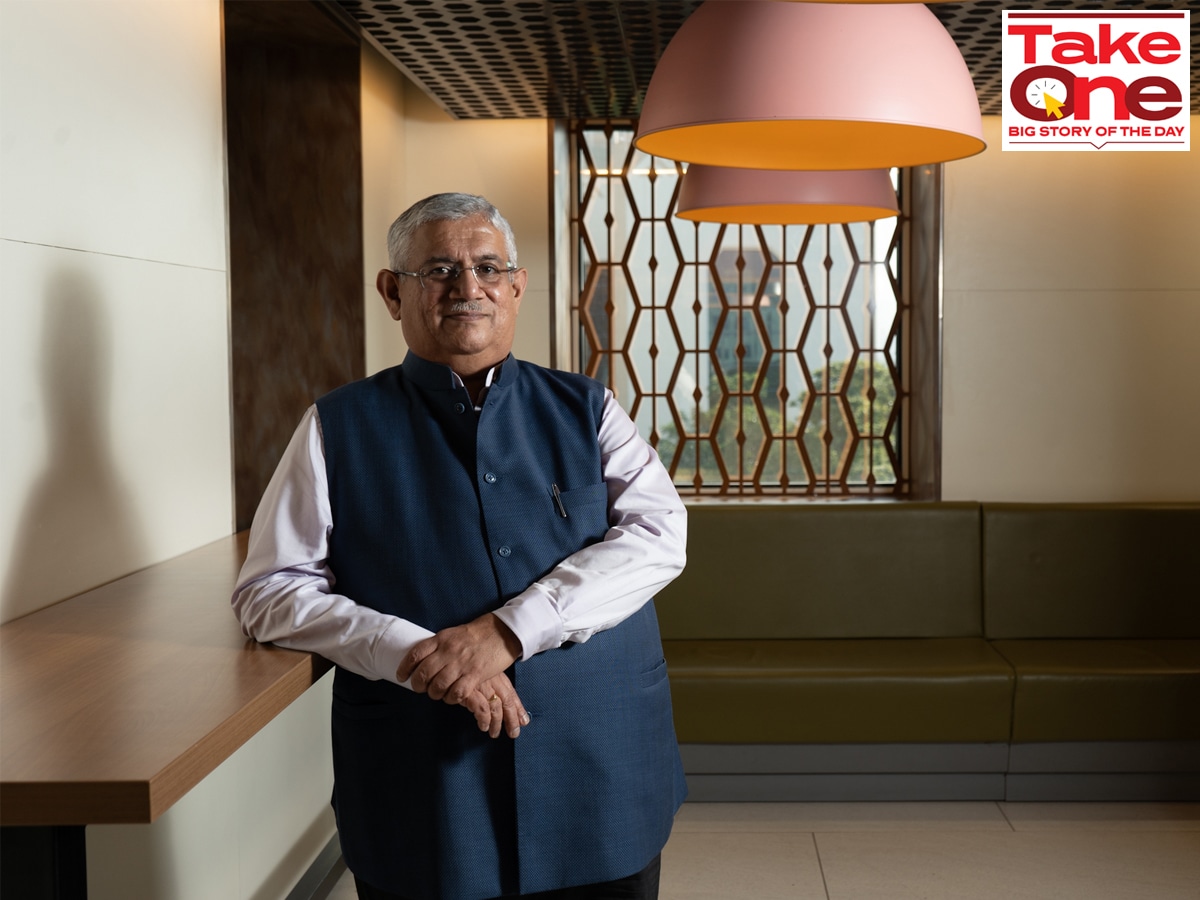AI, semiconductors, and quantum computing: The pillars of IBM India's growth
In an exclusive conversation with Forbes India, Sandip Patel, managing director, IBM India and South Asia talks about the revenue drivers for the tech giant's India business, building small language models, investing in emerging technologies, and more
 Sandip Patel, managing director, IBM India & South Asia region; Photo by: Neha Mithbawkar for Forbes India
Sandip Patel, managing director, IBM India & South Asia region; Photo by: Neha Mithbawkar for Forbes India
As soon as Sandip Patel enters the spacious conference room at IBM India’s office in BKC, Mumbai, he settles in and orders a strong cup of coffee. “It has been a hectic day,” he explains. “I’ve been shuttling between Worli, Nariman Point and here.” Patel has been busy managing IBM’s India operations, especially since the company made a slew of announcements at its flagship IBM Think 2024 event in Mumbai, in September.
IBM significantly shifted its strategy during the Covid-19 pandemic, when Arvind Krishna took charge as company CEO in April 2020, with a focus on hybrid cloud and artificial intelligence (AI). “IBM India operates almost like a microcosm of the IBM Corporation. While we have a thriving domestic business, we also have three R&D powerhouses in India: India Software Labs [ISL], India Research Labs [IRL], and India Systems Development Labs [ISDL],” explains Patel who was appointed managing director of IBM India and South Asia in January 2020, only a few months before Krishna took charge.
“I see our continued growth coming from three main vectors: AI, semiconductors and quantum computing,” says Patel. Without revealing any numbers, he claims it has been three years of consecutive growth for IBM in India. And he is bullish on seeing this momentum in these new technologies, working with various governments and MSMEs in emerging markets. “We operate in India where we innovate in India, for India and the world,” he adds.
Q. What have been some of the key factors behind the growth of IBM India?
As of the second quarter of 2024, which we closed in June (we go by calendar year) we completed about 10 quarters of double-digit growth. We completed almost over three years of growth, consecutive growth.


















